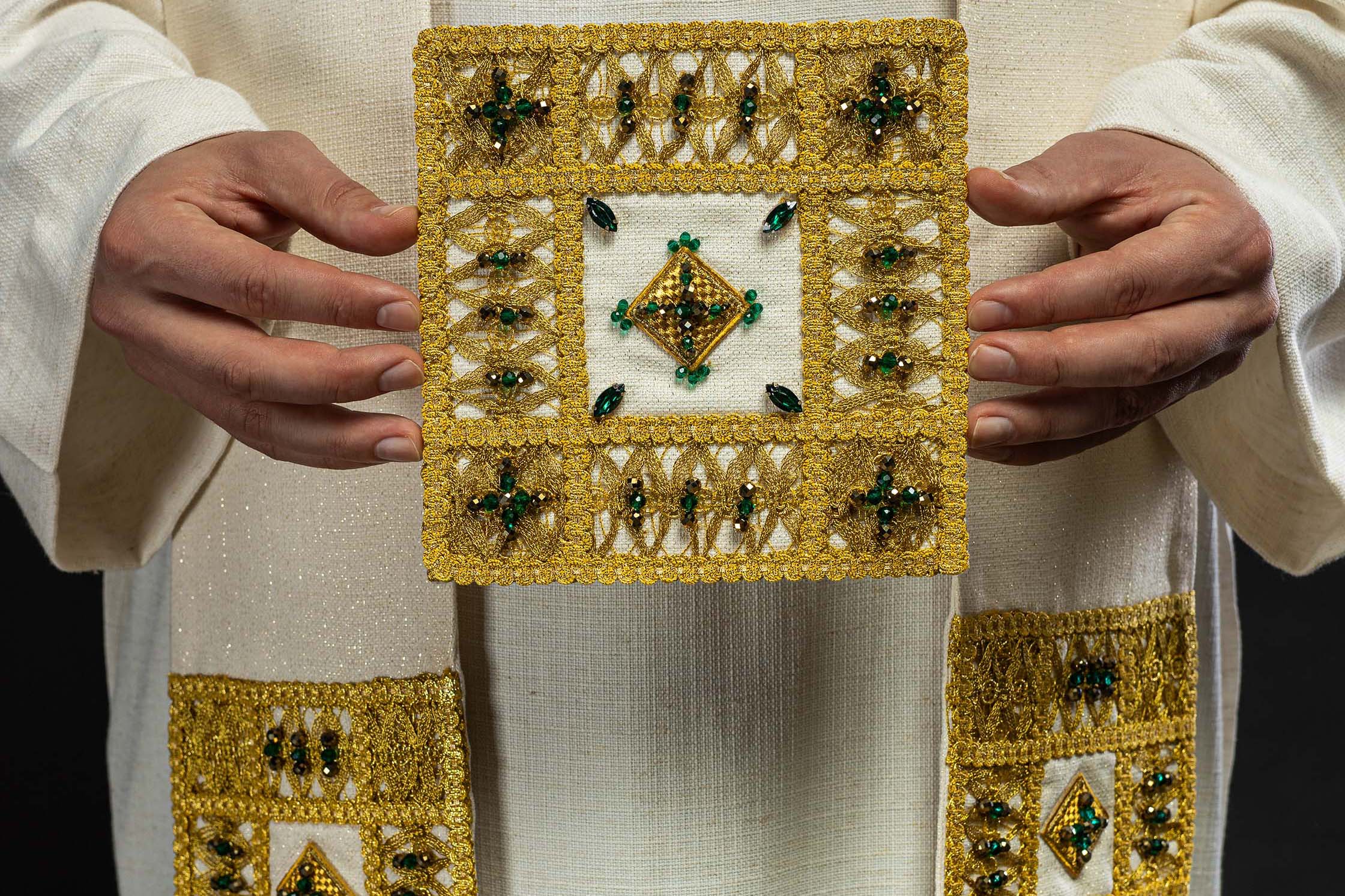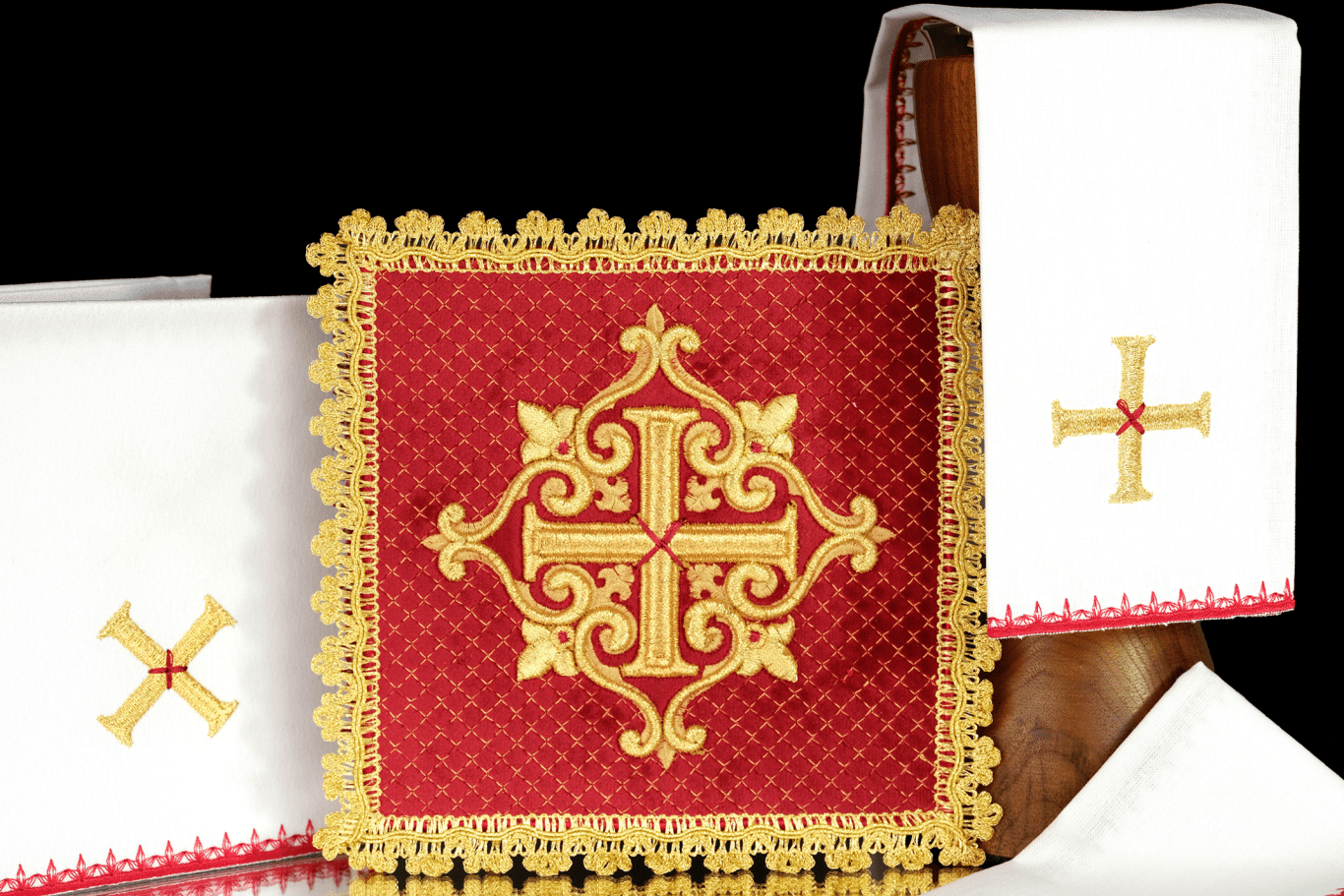
Organizing a Parish Pilgrimage: What You Need to Know
Organizing a Parish Pilgrimage – What You Need to Know?
Organizing a parish pilgrimage is a challenge that can bring enormous spiritual benefits to both participants and the entire community. Although it requires careful planning and commitment, a well-prepared trip to holy places becomes an unforgettable experience, deepening faith and building bonds between the faithful. In this comprehensive guide, we will look at the key stages of organizing a pilgrimage, from the first ideas to the return home, also taking into account practical and spiritual issues.
1. Defining the Purpose and Destination of the Pilgrimage
The first and fundamental step is to clearly define the purpose and choose the destination of the pilgrimage. Should it be a pilgrimage to a well-known Marian shrine, a place of martyrdom of saints, or perhaps a biblical route? It is worth considering the expectations of parishioners, financial possibilities and the time available to participants. Popular destinations in Poland include Jasna Góra, Kalwaria Zebrzydowska, Licheń, as well as places related to the life and work of Blessed John Paul II. Abroad, many parishes decide to make pilgrimages to the Holy Land, Rome, Fatima, Santiago de Compostela or Lourdes.
Why is choosing the destination of the pilgrimage so important?
The purpose of the pilgrimage should be consistent with the spirituality of the parish and meet the needs of the faithful. Choosing a place that has special historical or religious significance allows for a deeper experience of faith and discovery of the Church's heritage. It is also an opportunity to visit places related to important events in the history of salvation or the lives of saints.
What are the most common destinations for parish pilgrimages in Poland?
In Poland, the most frequently organized parish pilgrimages go to:
- Jasna Góra in Częstochowa – the central Marian shrine in Poland.
- Kraków and the surrounding area – associated with the figure of St. John Paul II and the cult of Divine Mercy in Łagiewniki.
- Kalwaria Zebrzydowska – with its famous Stations of the Cross.
- Licheń Stary – with the Basilica of Our Lady of Licheń.
- Gietrzwałd – as the only place in Poland where apparitions occurred on Polish lands.
- Places related to the cult of the Fatima apparitions or other Marian shrines.
Can a pilgrimage be local?
Absolutely! A pilgrimage does not have to be a long journey. Many parishes organize pilgrimages to local shrines, churches or places of national remembrance. This form of pilgrimage is an excellent opportunity to learn about the spiritual heritage of the region, integrate the community and deepen ties with the local Church.
2. Creating an Organizing Team
The success of the pilgrimage depends on the efficient operation of the team. It is worth appointing a group of people who will help in various aspects of the organization. These may be people responsible for contact with the travel agency, booking accommodation, spiritual program, promotion, collecting registrations or financial matters.
Who should be on the organizing team?
The ideal team is a combination of people with different skills and commitment. Often, members of the parish council, lectors, altar servers, animators of parish groups, as well as people simply willing to help, are involved in the organization. It is important that it is a cohesive, communicative and responsible team.
What are the key roles in the team?
Key roles may include:
- Pilgrimage coordinator – the person responsible for overall supervision and making the most important decisions.
- Person in charge of finances – responsible for the budget, collecting payments, settlements.
- Person in charge of logistics – dealing with transport, booking accommodation and meals.
- Person in charge of the spiritual program – responsible for planning Holy Masses, prayers, confessions, conferences.
- Person in charge of promotion and contact with participants – responsible for informing parishioners, collecting registrations and answering questions.
How to effectively manage team work?
Regular meetings, a clear division of tasks and open communication are the basis. It is worth establishing a work schedule and setting deadlines for the implementation of individual stages. Using project management tools can be helpful, especially for larger and more complex pilgrimages.
3. Planning the Route and Schedule
A detailed travel plan is the basis for a successful pilgrimage. Time should be allocated for travel, sightseeing, meals, rest, and above all – for prayer and participation in Holy Masses. The schedule should be realistic and take into account the physical condition of the participants.
How to realistically plan time during a pilgrimage?
It is always better to plan more time than too little. Travel delays or unexpected events can disrupt even the best-prepared plan. It is worth including a time margin for getting to individual places, potential traffic jams, time for prayer in the church or crossing borders.
What should be included in the spiritual program of the pilgrimage?
The spiritual program is the heart of the pilgrimage. It should include:
- Daily Holy Masses, often in important pilgrimage sites.
- Opportunities for confession.
- Common prayers: Rosary, Chaplet of Divine Mercy, Stations of the Cross, Jasna Góra Appeal.
- Ascetic conferences or catechesis introducing the places that will be visited.
- Holy Hours or Adoration of the Blessed Sacrament.
- Visiting shrines, basilicas, parish churches.
How to take into account the needs of different age groups and physical participants?
When preparing the schedule, it is worth remembering the diverse physical condition and age of the participants. Time should be allocated for rest, access to water and meals should be provided, and, if possible, alternative forms of participation should be planned for the elderly or those with mobility problems.
4. Logistics: Transport, Accommodation and Meals
Efficient logistics are the foundation of every trip. The choice of the right means of transport, comfortable accommodation and tasty meals will provide participants with comfort and peace of mind, allowing them to focus on the spiritual dimension of the pilgrimage.
What means of transport will be the best?
The most frequently chosen means of transport are tourist coaches, which provide comfort and the opportunity to experience the journey together. For shorter routes, you can consider traveling by train. It is important that the coach is properly equipped (air conditioning, toilet) and driven by an experienced driver.
How to find suitable accommodation?
Accommodation can be booked in pilgrimage hotels, retreat houses, monasteries or guesthouses. It is worth checking opinions about accommodation and making sure that they offer conditions suitable for an organized group. In the case of pilgrimages to places with high tourist traffic, booking well in advance is crucial.
How to organize meals?
Meals can be provided by purchasing full board in accommodation, organizing meals in restaurants or providing provisions. It is worth remembering the diverse dietary needs of participants (vegetarian, gluten-free, allergies) and taking them into account when planning meals.
What documents are needed during the trip?
During domestic pilgrimages, an identity card is sufficient. In the case of foreign trips, especially outside the Schengen area, a passport may be required. It is also worth checking whether visas or other entry documents are required for a given country. It is worth having a copy of the insurance certificate with you.
5. Finances and Pilgrimage Budget
A clearly defined budget and transparent settlements are key to avoiding misunderstandings and ensuring peace of mind for all participants. The cost of the pilgrimage should be determined in advance and include all necessary expenses.
How to estimate the costs of the pilgrimage?
You should include the costs of transport, accommodation, meals, entrance tickets to paid places, fees for guides, insurance, as well as program costs (e.g. masses, fees for the ministry of a priest, materials). It is also worth including possible administrative costs and unforeseen expenses.
How to set the price of the pilgrimage for the participant?
The price should be calculated in such a way as to cover all costs and at the same time be affordable for parishioners. It is worth preparing a detailed cost estimate and presenting it to the group. Sometimes it is possible to obtain additional funds from parish funds or sponsors.
What are the recommended methods of payment and settlement?
It is safest to accept payments to the parish account or through manual entries with cash payment or transfer. It is crucial to issue proof of payment and keep reliable documentation of all transactions. Clear rules regarding payment deadlines and possible refunds are necessary.
6. Spiritual Aspects and Preparation of Participants
A pilgrimage is primarily a spiritual event. It is important that participants are properly prepared, aware of the purpose of the trip and open to the graces flowing from this experience.
How to encourage parishioners to participate in the pilgrimage?
Information about the pilgrimage should be widely disseminated: announcements in the church, posters, information on the parish website, in the parish bulletin. It is worth emphasizing the spiritual dimension of the journey, the opportunity to pray and deepen faith.
How to prepare participants for the spiritual experience of the pilgrimage?
Before the pilgrimage, it is worth organizing an information meeting during which the program, rules of conduct and spiritual nature of the event will be discussed. You can suggest reading the Holy Scripture or religious literature related to the place of pilgrimage. It is worth emphasizing the importance of personal and communal prayer.
What does pilgrimage mean as a path of conversion and deepening of faith?
Pilgrimage is often a time of intense prayer, reflection on one's own life and making resolutions. It is an opportunity to experience God's presence in holy places, feel community with other pilgrims and strengthen one's faith through sacraments and spiritual experiences.
7. Safety and Insurance
The safety of participants is a priority. All necessary steps should be taken to ensure their safety and peace of mind throughout the journey.
What insurance is necessary for pilgrimage participants?
Each participant should be covered by accident insurance (NNW) and medical expenses insurance (KL). In the case of foreign trips, insurance should also cover the destination country. It is worth considering civil liability insurance for the organizer.
How to ensure safety during travel and sightseeing?
You should follow the recommendations of organizers, guides and drivers. When sightseeing, avoid separating from the group, especially in crowded places. It is worth informing participants about basic safety rules and encouraging them to report any disturbing situations.
What if there is a sudden illness or accident?
The organization should have an action plan in the event of a sudden illness or accident. Contact details for medical services, the embassy (in the case of foreign trips) and the insurance policy number should be available. Participants should know the phone number of the pilgrimage coordinator.
8. Souvenirs from the Pilgrimage
A pilgrimage is not only a spiritual experience, but also an opportunity to acquire souvenirs that will remind you of the moments you have experienced and strengthen your spirituality in everyday life.
What souvenirs are most often chosen by pilgrims?
The most popular souvenirs are: medals, rosaries, pictures of saints, figurines, prayer books, as well as devotional items related to a specific sanctuary. Many people also decide to purchase liturgical articles that can enrich their home prayer.
What devotional and liturgical articles can be a unique souvenir?
It is worth paying attention to high-quality devotional items, such as handmade rosaries, medallions with authentic relics, or elegant religious images. For people involved in parish life, liturgical articles that are used in the church on a daily basis, such as beautifully embroidered palls, purificators or chalice veils, can also be an excellent souvenir. Many parishes organize joint purchases of such items, which can then be used during parish services or be a valuable gift.
Where to look for inspiration and purchase devotional items?
Shops with devotional items in sanctuaries offer a wide selection of local souvenirs. Also online stores, such as haftinausa.com, present a rich assortment of high-quality liturgical articles, including embroidered veils, purificators, corporals, palls or chalice linens, which can be a beautiful and lasting souvenir from the pilgrimage.
9. Summary and Evaluation of the Pilgrimage
After returning from the pilgrimage, it is worth summarizing its course, collecting participants' opinions and drawing conclusions for the future. Such an evaluation will allow for improving the organization of subsequent trips.
How to summarize the pilgrimage and collect participants' opinions?
This can be done through a short survey, a conversation with participants after returning or organizing a summarizing meeting. It is important to find out what was liked and what could be improved in the future.
What can be improved in the organization of future pilgrimages?
Participants' opinions are invaluable. They may concern both logistical issues (e.g. better route selection, comfort of accommodation) and spiritual issues (e.g. more time for prayer, more interesting conferences). Analysis of the collected information will allow for better preparation of subsequent expeditions.
How does the pilgrimage affect the life of the parish after returning?
A well-organized pilgrimage is not only a time of spiritual renewal for the participants, but also an inspiration for the entire parish. Strengthened bonds, new experiences and deepened faith can translate into a more active life of the parish community and greater involvement of the faithful in its affairs.
```




